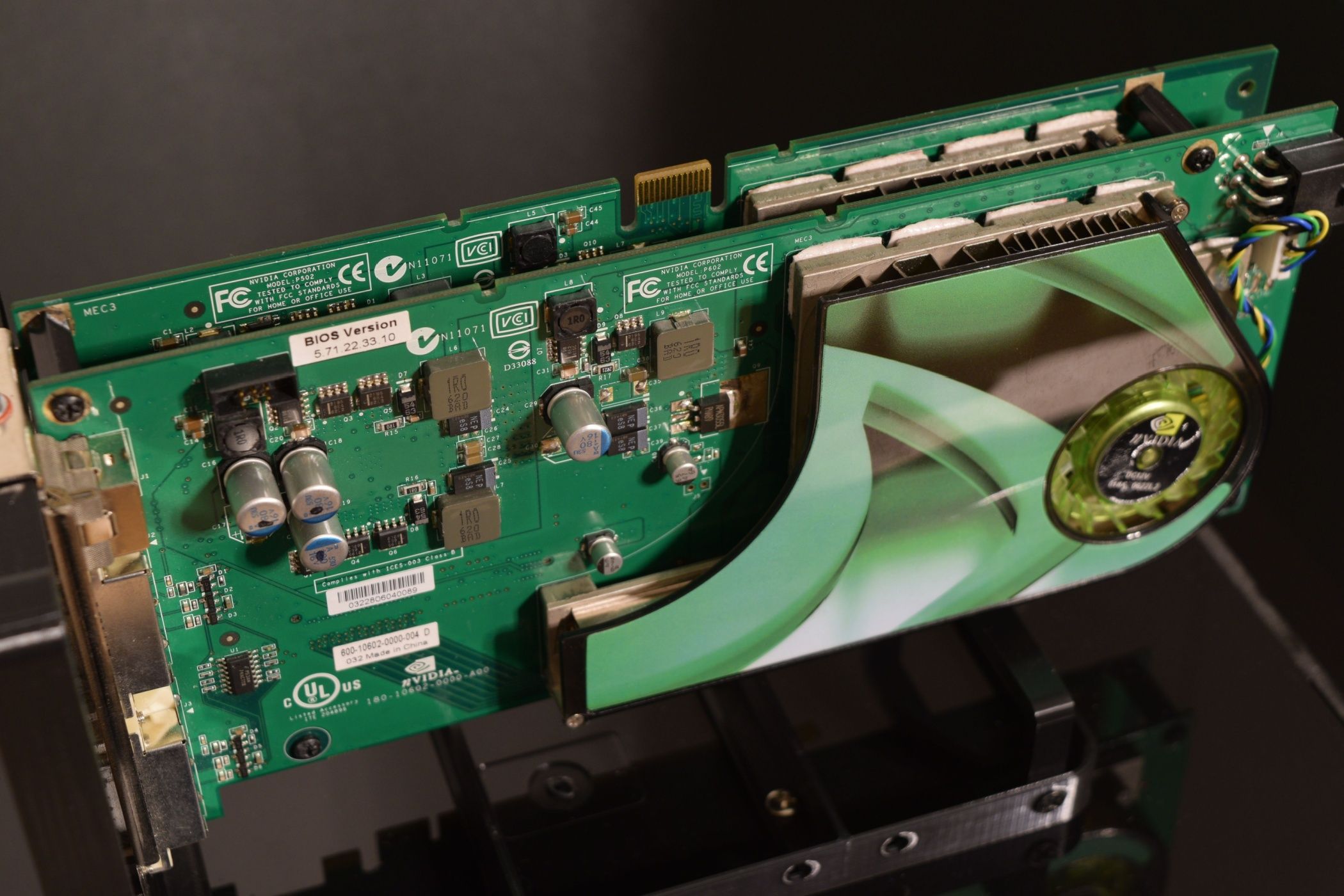Situatie
- RAM used to be rated in MHz based on clock cycles, but now uses MT/s for data transfer.
- MT/s gives a theoretical max data transfer, not a direct correlation to MHz.
- Rating RAM in Mbps might provide a clearer picture of actual data movement compared to MT/s.
You may have noticed that some computer specifications now list RAM speeds in terms of MT/s or “Megatransfers per second” instead of the traditional Megahertz.
Solutie
Pasi de urmat
1. Megatransfers are a measure of actual data that can be moved, which means it’s not a one-to-one analogue for Megahertz. The MT/s specification is the theoretical maximum amount of data that can be transferred in a second. While the RAM will always run at its rated frequency, it will not always run at its maximum MT/s rate, because of the variable workloads involved in computing.
There’s also the future of RAM to consider, since QDR (Quad Data Rate) memory can do four operations per clock cycle, two for reading and two for writing. This is even harder to express in MHz, so something that addresses actual data volumes seems to make more sense.
2. While I think MT/s is a better measure of RAM performance than MHz, it’s not perfect or even the whole picture. For one thing, RAM latency matters too, but if we stick to data transfer performance, there’s more to it as well.
You see, the actual amount of data moved in a megatransfer depends on the width of the memory bus. That is, the number of bits that can be moved per transfer. The main system RAM on modern computers has been 64-bit for years now, so that means you have an apples-to-apples comparison between two RAM modules as long as they have the same bus width.
However, MT/s wouldn’t be so straightforward for GPU VRAM, since GDDR (graphics DDR) uses a much wider bus. Low-end GPUs have 128-bit buses, while 256-, 384-, and 512-bit buses are more typical.


Leave A Comment?